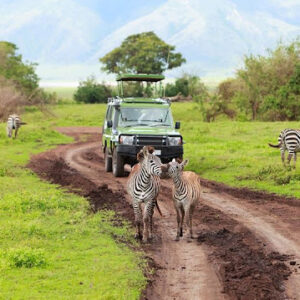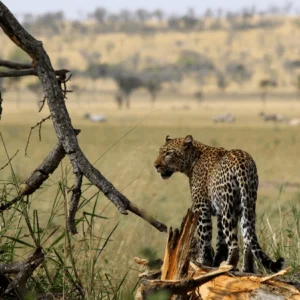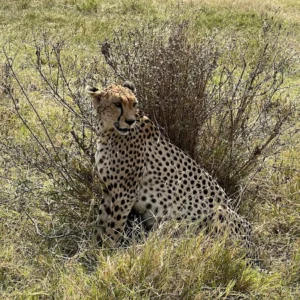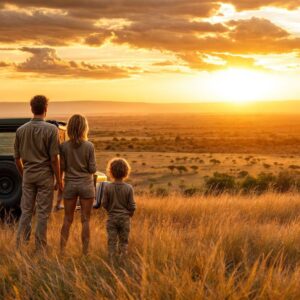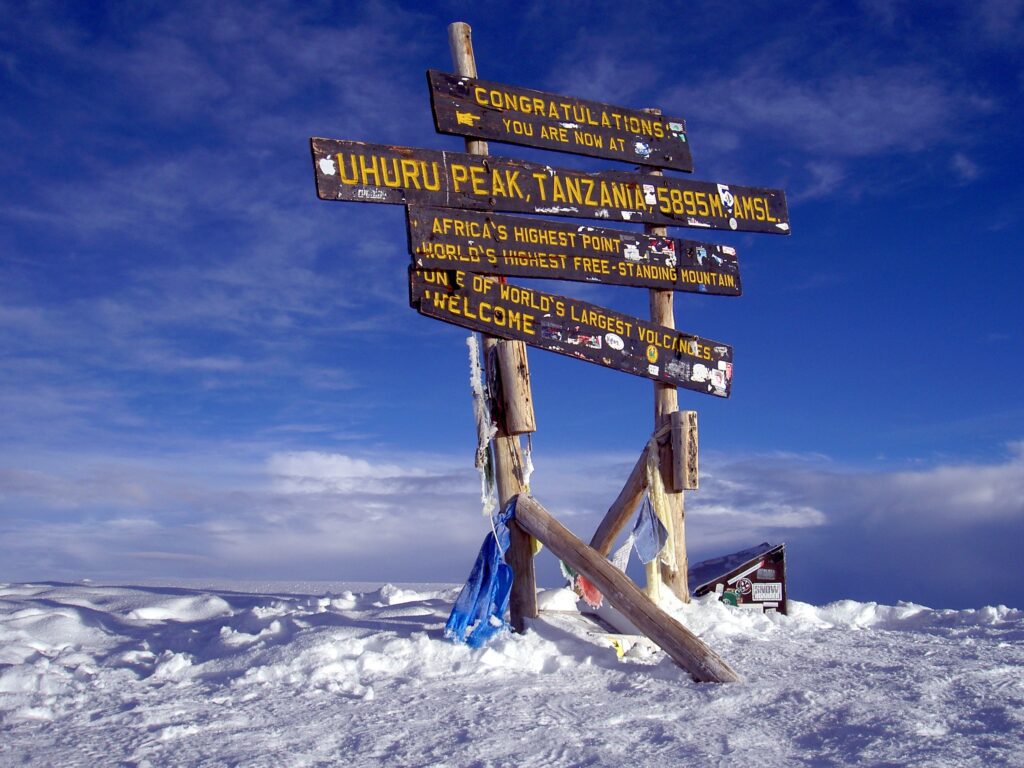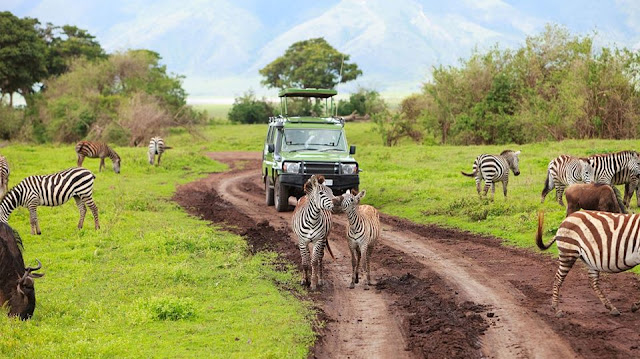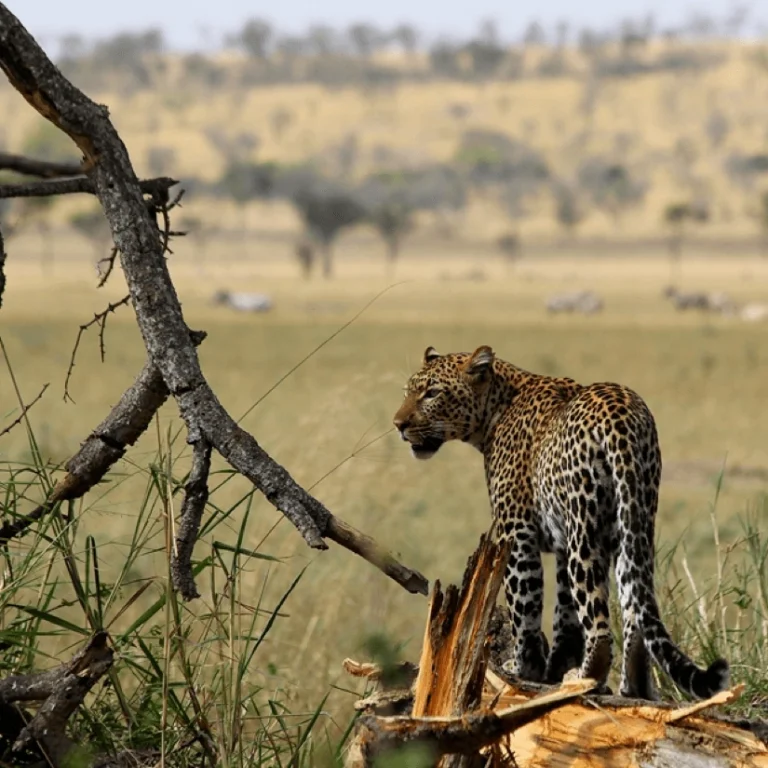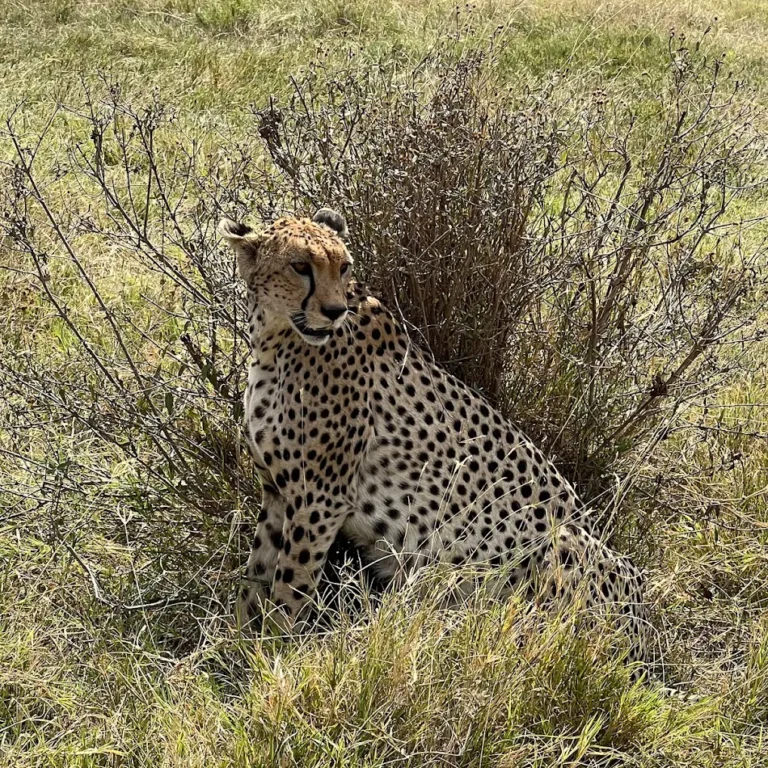Discover the effective ways of preparing for Kilimanjaro Climb demands careful planning and commitment. Start by selecting the right route to match your fitness and experience, with longer routes offering better acclimatization. Engage in physical training at least 8-12 weeks before, focusing on cardio, strength, and practice hikes with a backpack to build stamina. Equip yourself with essential gear, including layered clothing, sturdy boots, trekking poles, and a quality sleeping bag for extreme cold. Mount Kilimanjaro, the iconic roof of Africa, stands as a dream destination for adventurers and trekkers worldwide. To successfully conquer this majestic peak, proper preparation is paramount.
Acclimatization is critical; follow the “Climb High, Sleep Low” strategy and hydrate consistently. Partner with a reliable tour operator that prioritizes safety and ethical porter treatment. Plan for vaccinations, visas, and comprehensive travel insurance. Mental preparation is equally vital—maintain a positive mindset and stay focused on daily goals.
Respect Kilimanjaro’s fragile ecosystem by following Leave No Trace principles, staying on trails, and minimizing waste. Choose your timing wisely, avoiding rainy seasons and opting for the dry months for better trail conditions. With these preparations, you’ll be ready to conquer Africa’s highest peak confidently and safelyBelow, we’ve detailed 10 effective strategies to help you prepare for this life-changing journey and maximize your chances of success. Here are some ways to prepare for climbing Mount Kilimanjaro:
1: Choose the Right Kilimanjaro Route
The first step in preparing for your Kilimanjaro climb is selecting the route that suits your fitness level, experience, and schedule. Research your route: Research the route you plan to climb, including the daily elevation gains. Choose a longer route: Longer routes, like the Lemosho or Northern Circuit, give you more time to adjust to the altitude. Kilimanjaro offers several routes, each with varying levels of difficulty, scenic beauty, and acclimatization benefits. Some popular routes include:
Machame Route: Known as the “Whiskey Route,” it offers stunning views and a moderate challenge.
Marangu Route: A shorter trek, also called the “Coca-Cola Route,” suitable for beginners.
Lemosho Route: Ideal for acclimatization with longer trekking days and diverse landscapes.
Rongai Route: The only route approaching from the north, offering a quieter experience.
Choose wisely based on your fitness level, time available, and preference for crowd sizes.
2. Invest in Physical Training
Climbing Kilimanjaro is physically demanding is how to prepare for Climbing Kilimanjaro (preparation checklist). We recommend starting your training regimen at least 8-12 weeks before your trek. Focus on building endurance, strength, and flexibility through are how can i prepare for kilimanjaro’s high Altitude.
Cardiovascular Exercises: Engage in hiking, jogging, cycling, or swimming to improve stamina one of the top 10 essential tips for climbing Kilimanjaro safely and successfully.
Strength Training: Incorporate squats, lunges, and core exercises to build muscle strength for uphill trekking.
Practice Hikes: Undertake long walks or hikes carrying a backpack to simulate actual trekking conditions one of the ultimate training guide for climbing Mount Kilimanjaro.
Aim for consistency in your workouts and gradually increase the intensity over time.
3. Acclimatize to High Altitudes
Altitude sickness is one of the most significant challenges when climbing Kilimanjaro. Gradually ascend over several days, and get enough rest and hydration tips for climbing and summiting Mt Kilimanjaro. Avoid alcohol, which can make altitude sickness worse. Mild exercise can help with acclimatization, but strenuous activity can cause altitude sickness.To minimize its effects:
Opt for longer routes, which provide more time for gradual acclimatization.
Follow the “Climb High, Sleep Low” principle whenever possible.
Hydrate adequately throughout the trek, drinking at least 3-4 liters of water daily.
Consider consulting your doctor about altitude sickness medication like Acetazolamide (Diamox).
Acclimatization is crucial for a safe and successful summit attempt.
4. Pack the Right Gear
Having the right equipment can make or break your Kilimanjaro experience is what i wish i knew before climbing Kilimanjaro. Ensure your gear includes:
Clothing Layers: Pack moisture-wicking base layers, insulating mid-layers, and waterproof outer layers.
Sturdy Footwear: Invest in well-broken-in hiking boots with good ankle support.
Sleeping Bag: Choose a sleeping bag rated for extreme cold, as nighttime temperatures can drop drastically.
Accessories: Bring a headlamp, trekking poles, gloves, a wide-brimmed hat, and sunglasses.
Daypack Essentials: Carry sunscreen, snacks, a hydration bladder, and rain gear.
Test all your gear during practice hikes to ensure comfort and reliability.
5. Build Mental Resilience
The climb is as much a mental challenge as a physical one most effective ways preparing to climb Kilimanjaro. Prepare yourself mentally by:
Setting realistic expectations about the trek’s challenges.
Visualizing your success at the summit.
Warm up and stretch: Warming up your muscles with light exercise before strength training or aerobic activity can help prevent muscle strains.
Staying positive and focusing on small, daily goals during the climb.
Learning breathing techniques to stay calm and manage stress.
A strong mental attitude will help you push through moments of doubt and fatigue.
6. Prioritize Nutrition and Hydration
Fueling your body correctly is essential for sustained energy and recovery effective ways of preparing for Kilimanjaro climb. During the climb:
Eat high-energy meals rich in carbohydrates, proteins, and healthy fats.
Stay hydrated by drinking water consistently throughout the day.
Pack energy bars, trail mix, and electrolyte tablets for quick boosts.
Proper nutrition and hydration help combat fatigue and altitude-related symptoms.
7. Book with a Reputable Tour Operator
Partnering with a licensed and experienced tour operator is crucial for a safe and successful climb. When researching operators, consider:
Safety Protocols: Ensure they provide oxygen, first aid kits, and trained guides.
Support Staff: Look for companies employing knowledgeable guides and professional porters.
Client Reviews: Read testimonials from past climbers to gauge the operator’s reliability.
Ethical Practices: Support operators that adhere to fair porter treatment policies, like those certified by KPAP (Kilimanjaro Porters Assistance Project).
A good operator will enhance your experience while ensuring safety and comfort.
8. Learn About the Weather and Seasons
Kilimanjaro’s weather varies significantly throughout the year effective ways of preparing for Kilimanjaro climb. Plan your climb during favorable seasons, such as:
January to March: Cooler temperatures and fewer climbers, with snow at higher elevations.
June to October: Dry season with clear skies, ideal for photography but busier trails.
Avoid the rainy months of April, May, and November, as trails become slippery and challenging.
Knowing the weather conditions helps you pack appropriately and mentally prepare for the trek.
9. Take Care of Travel Essentials
Before setting off, ensure all logistical details are in place effective ways of preparing for Kilimanjaro climb. Key considerations include:
Travel Documents: Check your passport validity and apply for a Tanzanian visa.
Vaccinations: Visit your doctor for necessary vaccinations, such as yellow fever and malaria prophylaxis.
Travel Insurance: Invest in comprehensive insurance covering high-altitude trekking and emergency evacuations.
Addressing these essentials ensures a smooth journey from start to finish.
10. Respect the Mountain and Its Ecosystem
Mount Kilimanjaro is a UNESCO World Heritage site with fragile ecosystems. Climbing responsibly is a moral obligation. Commit to:
Following Leave No Trace principles by minimizing waste and litter.
Staying on designated trails to prevent erosion and habitat destruction.
Supporting local communities by purchasing locally made souvenirs and tipping porters fairly.
Embracing the cultural significance of the mountain to the Chagga people and Tanzania as a whole.
Respecting the environment enhances the experience for future climbers and preserves Kilimanjaro’s natural beauty.
Preparing for a Kilimanjaro climb requires a balance of physical, mental, and logistical readiness. By following these 10 effective strategies, you’ll be well-equipped to tackle this once-in-a-lifetime adventure confidently. Remember, proper planning is the foundation of a safe, enjoyable, and successful climb.
Ways to Boost Your Fitness for Mount Kilimanjaro Hiking
Boosting your fitness for Kilimanjaro requires focused preparation. Incorporate cardio exercises like hiking, running, or cycling to build stamina. Add strength training with squats, lunges, and core workouts to support uphill trekking. Practice long walks with a loaded backpack to simulate trail conditions. Prioritize flexibility with yoga or stretching exercises to prevent injuries. Consistency is key—train regularly and gradually increase intensity. This balanced approach ensures your body is ready to tackle Kilimanjaro’s challenges.
Get 4 Effective Techniques to Begin Training for Kilimanjaro
Prepare for Kilimanjaro by focusing on these four key techniques: Cardio Training improves endurance through hiking, jogging, or cycling. Strength Building targets your legs, core, and shoulders with exercises like squats and lunges. Practice Hikes with a loaded backpack simulate trekking conditions. Finally, work on Flexibility and Recovery through yoga or stretching to prevent injuries. Start training early, stay consistent, and gradually increase intensity to build the physical fitness needed for this epic adventure.

